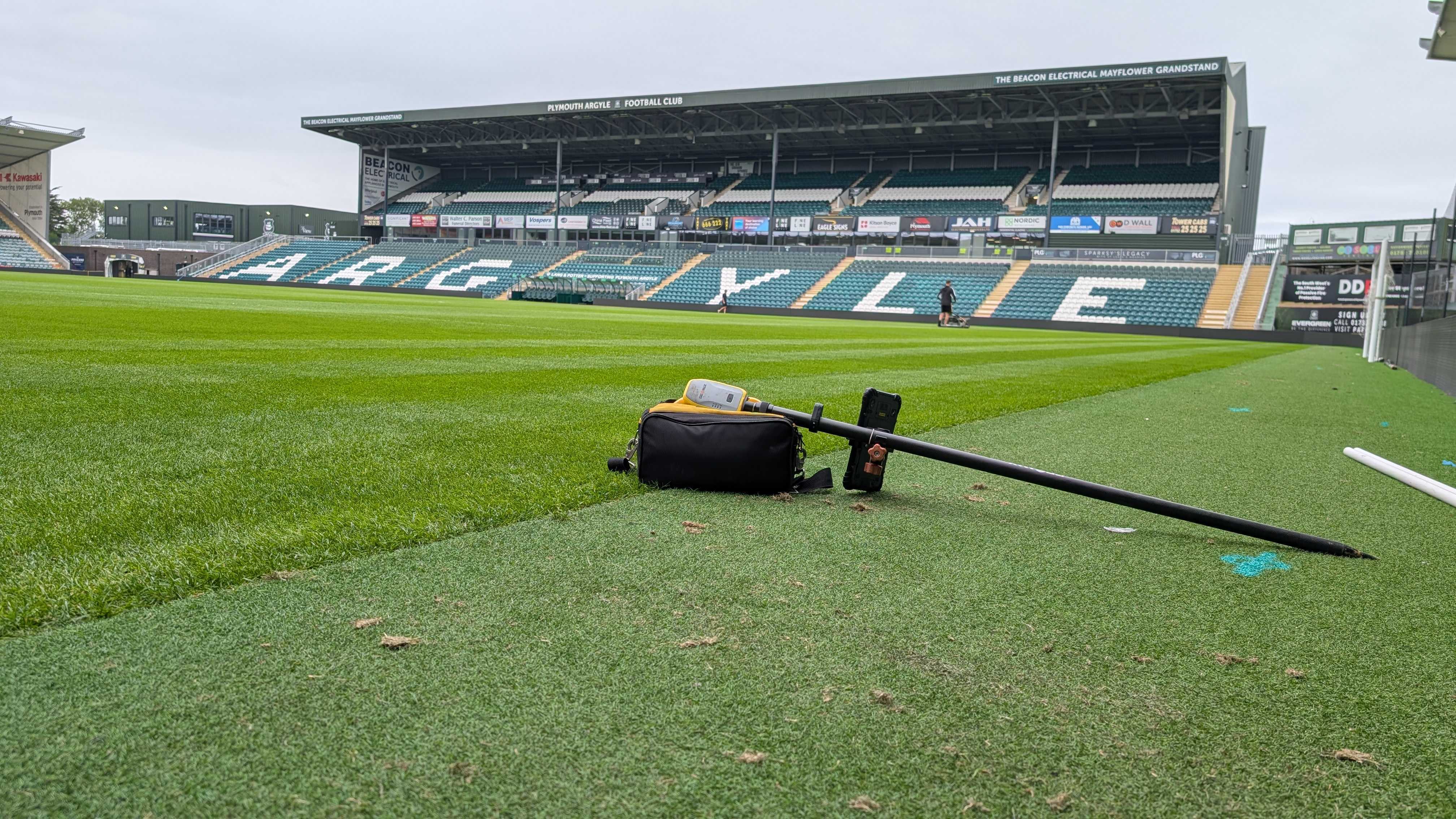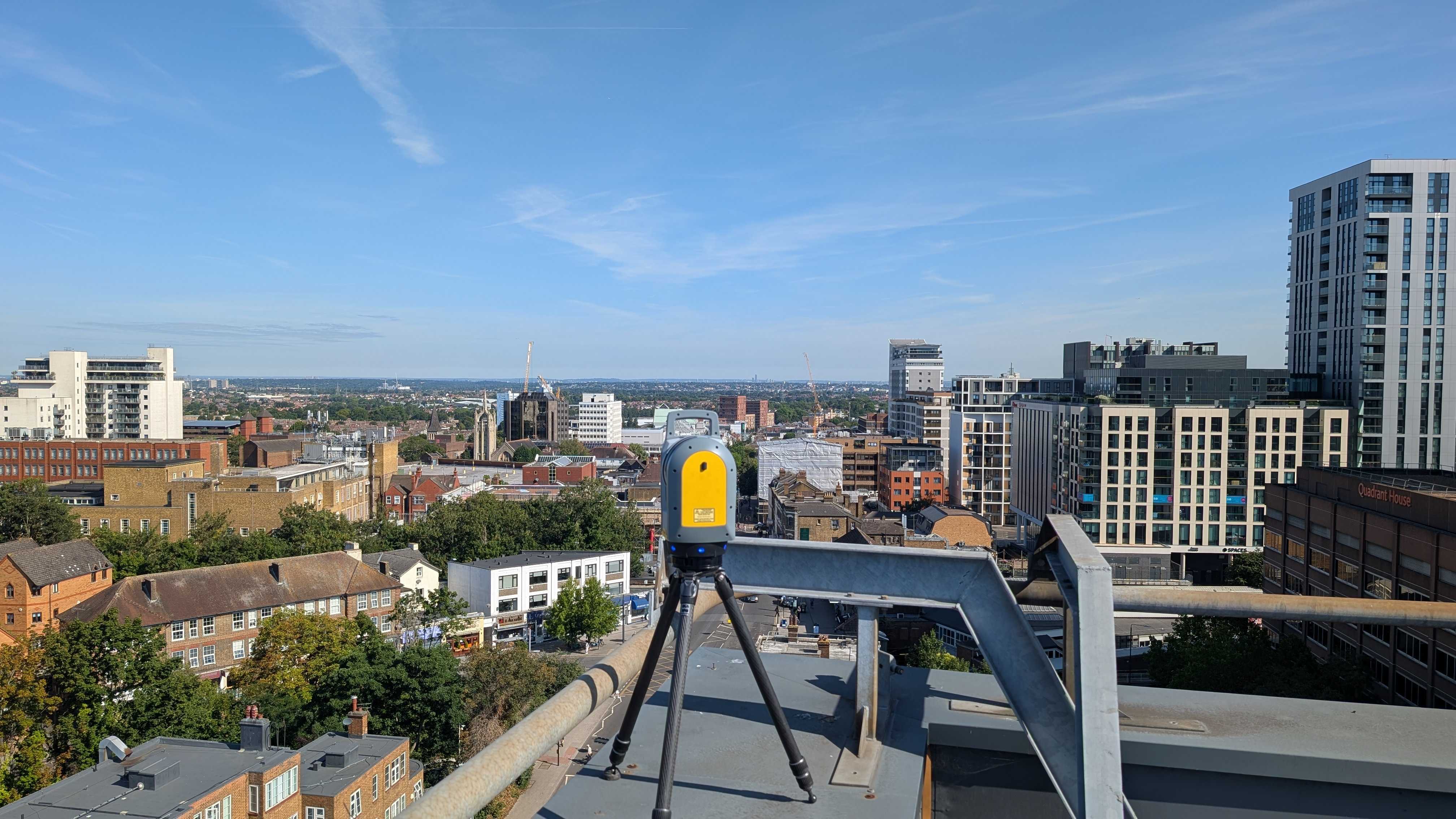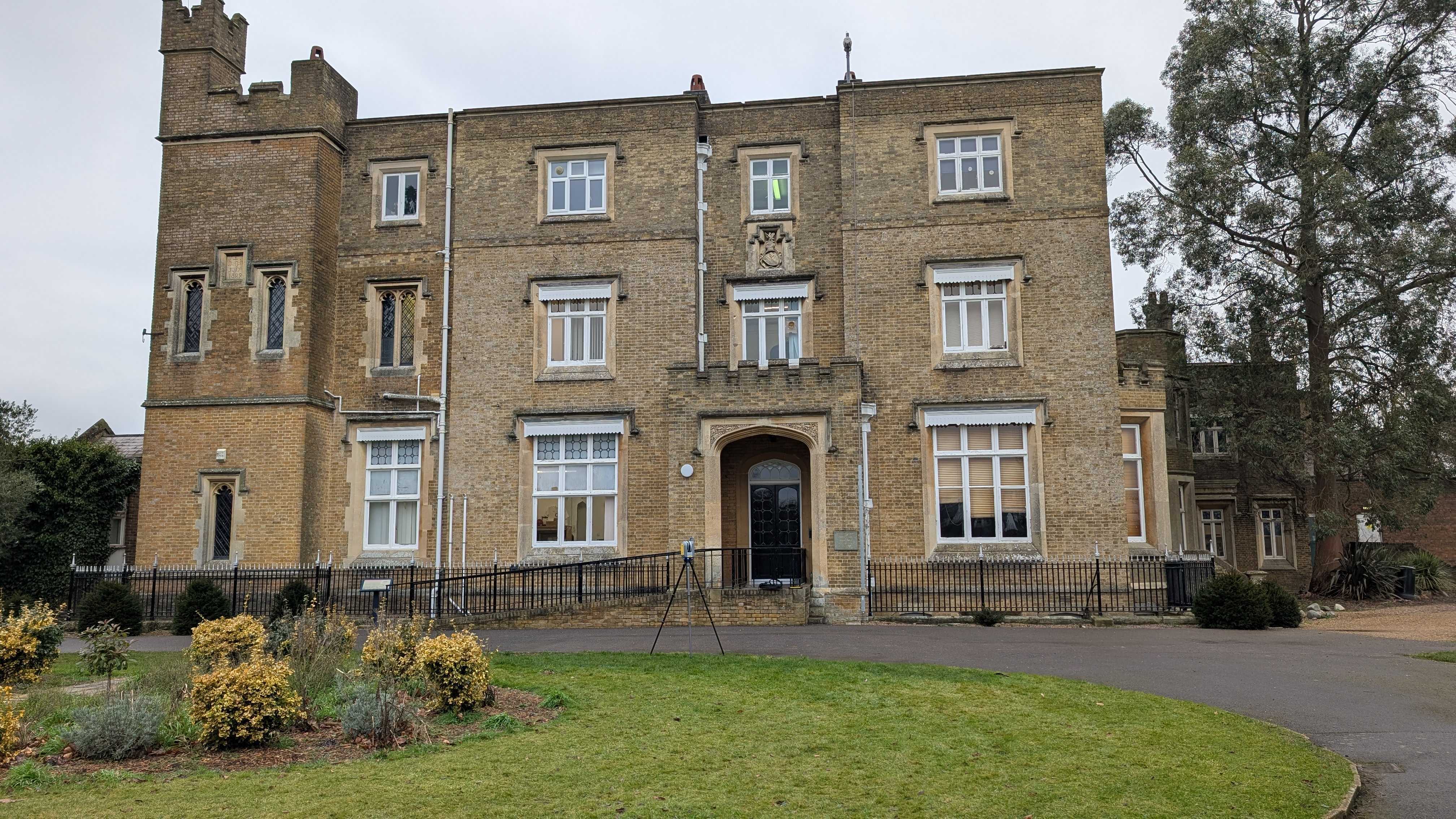Every construction project carries some level of uncertainty. Even with detailed plans and years of industry experience, what lies beneath the ground can remain unknown until work begins. Unfortunately, those “unknowns” often cause the most disruption. Hitting an uncharted utility line, uncovering unexpected voids, or running into buried foundations can mean delays, cost overruns, and safety risks.
A GPR Survey is one of the most effective tools available to take guesswork out of the equation. By scanning the subsurface using radar technology, project teams can detect buried structures and hazards before the first spade of soil is turned. This clarity helps developers, architects, engineers, and contractors plan more effectively, protect their teams, and deliver projects on time.
In the sections that follow, we’ll look in detail at what a GPR Survey involves, why older approaches are less reliable, and the most important benefits it brings to construction projects.
What is a GPR Survey?
Ground Penetrating Radar (GPR) is a method of scanning below the surface without excavation. A GPR Survey involves sending radar pulses into the ground and measuring how they bounce back. Changes in density or material underground create different reflections, which are then mapped to show what lies beneath.
This process allows surveyors to detect pipes, cables, foundations, voids, reinforced concrete, and even variations in soil or moisture. The results are presented as clear visuals or maps that construction professionals can use for design and planning.
Unlike trial pits or core drilling, the process does not disturb the site. Teams can scan large areas quickly, gather precise information, and continue working with minimal disruption.
GPR has become widely used across construction, civil engineering, and infrastructure because it is adaptable to many environments, from city streets to remote fields. Whether the goal is locating underground utilities or checking concrete integrity, a GPR Survey provides data that would otherwise be hidden.
Why Traditional Methods Don’t Work Well Enough
Historically, construction projects relied on two main methods for understanding the ground: utility records and intrusive site investigations.
Utility records, when available, are often incomplete or out of date. Networks may have been updated or extended without proper documentation, leaving gaps that can cause surprises during excavation.
Intrusive methods, such as trial pits or boreholes, do provide first-hand evidence, but they are limited in scope. A trial pit only shows what is in that exact spot. It may completely miss hazards that are a few feet away. Digging also creates disruption, takes time, and increases project costs before work even begins.
In short, older approaches are either unreliable or inefficient. A GPR Survey, by contrast, covers wide areas quickly, reduces disturbance, and delivers highly accurate data. This is why more firms now view it as essential for risk management.
1. Accuracy in Site Data
The greatest strength of a GPR Survey is accuracy. Planning a project without knowing exactly what is below the surface is like designing a building without measuring the site. Assumptions often lead to costly mistakes.
A GPR Survey identifies buried assets and structures with a high degree of precision. Surveyors can detect not just the presence of a pipe or cable, but also its depth and alignment. This information is critical for excavation planning and foundation design.
In addition, GPR can highlight voids, changes in soil density, or remnants of older structures that could affect stability. By mapping these features early, engineers can adapt their designs rather than face unexpected problems mid-project.
Accurate data builds confidence. Project teams know what they are dealing with and can make informed choices at every stage.
2. Time and Cost Savings
Every construction professional understands that delays cost money. An unexpected utility strike can halt a project for days while emergency repairs are made. In some cases, these incidents also bring fines, insurance claims, or compensation demands.
By using a GPR Survey during the planning stage, many of these risks are avoided. Teams know where to dig, what to avoid, and how to sequence work efficiently. The upfront investment in surveying often saves far more than it costs by preventing rework and downtime.
There are also savings in efficiency. GPR allows large areas to be scanned in less time than intrusive surveys. Work can continue on-site without waiting for lengthy investigations or recovery from a mishap. This speed keeps projects on schedule and reduces overheads.
For developers, contractors, and public authorities, time saved translates directly into cost control. A reliable survey at the beginning reduces the likelihood of expensive surprises later.
3. Safety and Compliance
Safety is central to every construction project. Yet one of the greatest risks to workers comes from what they cannot see: buried electricity cables, pressurised gas lines, or unstable ground conditions.
A GPR Survey addresses these risks directly. By mapping potential hazards, it allows site managers to take preventive measures before excavation begins. Workers are less likely to encounter live services or unstable soil unexpectedly, reducing the chance of accidents.
From a compliance perspective, GPR data also supports health and safety obligations. Many regulations require risk assessments before digging or construction. A professional survey provides documented evidence that risks have been identified and addressed.
In practice, this not only protects workers but also shields project owners from liability. With accurate records, firms can demonstrate that they have taken reasonable precautions to safeguard teams and the public.
4. Non-Intrusive and Environmentally Friendly
One of the frustrations of traditional surveys is the damage they can cause. Digging trial pits, drilling, or disturbing the ground can be messy and sometimes unnecessary.
A GPR Survey avoids these issues. The process leaves the surface untouched, reducing environmental impact and keeping sites intact. This is especially valuable in urban settings, where disruption to roads or pavements is costly, or in environmentally sensitive areas where disturbance must be minimised.
Non-intrusive surveys also reduce inconvenience for stakeholders. Utilities remain operational, public spaces stay accessible, and surrounding businesses face fewer disruptions. In short, projects progress smoothly without creating avoidable problems for the community.
5. Versatility Across Project Types
Another key advantage of a GPR Survey is its adaptability. The same technology can be applied to a wide range of projects.
For transport infrastructure, GPR is used to scan highways and rail routes before upgrades. In commercial construction, it ensures foundations are placed safely without risking utility strikes. For residential developers, it provides peace of mind when building on previously developed land.
Local authorities often rely on GPR to assess utilities before public works, while heritage sites use it to investigate structures without excavation. Utilities companies also use surveys for asset management, ensuring records remain accurate as networks evolve.
This versatility makes GPR one of the few methods that fits across almost every project type. It is not limited to a single sector, and its benefits scale from small developments to major infrastructure works.
Extra Advantages Professionals Overlook
Beyond the well-known uses, GPR Surveys also provide additional insights that can make a difference to long-term project outcomes.
Engineers use GPR to assess reinforced concrete, checking slab thickness and mapping rebar placement. This helps in both construction and maintenance, reducing the risk of structural issues.
Developers can identify areas of groundwater or variations in soil, which influence drainage, foundation design, and long-term stability. Utilities and councils often rely on GPR to update records and plan maintenance schedules, reducing future risks.
These broader applications mean a GPR Survey is not just a tool for the immediate project but also a resource for ongoing asset management and planning.
When to Arrange a GPR Survey
Timing is critical for getting the most from a GPR Survey. The earlier it is conducted, the more value it brings.
- During planning and design: Accurate ground data supports better designs and prevents late-stage changes.
- Before excavation: Surveys reduce the chance of striking utilities or destabilising the ground.
- For compliance checks: Demonstrating a clear record of risk assessment is increasingly required.
- Ahead of upgrades: When infrastructure or utilities are being replaced, surveys confirm existing conditions before work begins.
By making GPR part of the standard preparation process, project teams protect themselves from uncertainty and create a smoother path to delivery.
Plan Your Project with Confidence
Every successful construction project begins with good information. Without knowing what lies below the surface, even the best plans are at risk of disruption. A GPR Survey provides that information in a fast, accurate, and non-intrusive way.
For contractors, developers, engineers, and authorities, the benefits are clear: reduced costs, safer sites, and fewer delays. It is a simple step that delivers peace of mind and more predictable outcomes.
At Intersect Surveys, we specialise in delivering reliable GPR results across the UK. Our surveys give construction professionals the clarity they need to plan with confidence. If you are preparing for a new project, now is the time to arrange a GPR Survey that ensures your team works safely, efficiently, and without surprises.
Contact us today to discuss your upcoming project or request a tailored GPR Survey quote.







